Latin name: (Oxalis)
Category: annual and perennial herbaceous plants, shrubs
Origin: Central and South America, South Africa
Sour original shamrock - lucky clover
Oxalis or oxalis occupies a very important place in the Oxalis family. Eight hundred varieties of various oxalis have united in this genus of herbaceous, both annuals and perennials.
The southern part of the African continent, Central and South America can be considered native territories for oxalis, Central Europe has also become the homeland for some varieties of oxalis.
In the scientific field, the name of the acid is oxalis (oxalis), which is directly related to the Greek word "oxys". It can be translated as sour. In fact, the leaves of the flower have a sour taste. Even the use of leaves in food will not bring harm to health. The plant contains oxalic acid.
Europeans call the oxalis flower "happiness clover" or false clover for the similarity of leaf plates with clover leaves, and in the CIS countries, the oxalis plant has its own name - "hare cabbage". There are many other popular names for oxalis - false clover, "Madame Butterfly", butterfly flower, flower of happiness, flower of day and night.
The oxalis flower was cultivated in the seventeenth century. Where does acidum grow? It is often found and is an adornment of both gardens and rooms. High decorative qualities and modest cultivation requirements have made the oxalis flower universally recognized by flower growers.
What does acid look like? She has a cool look. Oxalis oxalis has unique, beautiful trifoliate or palmately compound, petiolate leaves with a complex limb. In the morning, the leaf plates are evenly straightened, and in the evening they fold in half.
Oxygen room has a unique property to respond to bright lighting and mechanical stimuli.
The color palette of the leaves is varied from green, purple to burgundy. Oxalis flowers are small, their configuration is correct, it pleases the eye with white, pink, yellow or lilac shades. In the evenings or before rain, like leaves, the flowers acquire a closed position. After flowering, seeds ripen in the shells, which fly out sharply with a slight touch.
Oxalis species
Oxalis triangular, it is also purple (Oxalis triangularis)
 It looks like a tuberous, not tall bush. This handsome man consists of spotty, three-lobed, dark purple leaf plates, the central part of which is a lighter shade. They are presented with long petioles.
It looks like a tuberous, not tall bush. This handsome man consists of spotty, three-lobed, dark purple leaf plates, the central part of which is a lighter shade. They are presented with long petioles.
Violet oxalis is original in that its leaves resemble the fluttering wings of a butterfly moth. Another name for the flower comes from this - “Madame Butterfly”. Pleases the eye with small white, lilac and light pink delicate flowers.
Common Oxalis (Oxalis acetosella)
 A favorite place for dislocation of common sorrel is a shady coniferous forest. Here perennial sorrel grass reaches a height of five to twelve centimeters. And it is formed on a thin creeping rhizome. Thin flexible petioles present green leaves of a triangular shape, the lobes of which resemble hearts. In general, the leaves exactly copy the clover leaf plates.
A favorite place for dislocation of common sorrel is a shady coniferous forest. Here perennial sorrel grass reaches a height of five to twelve centimeters. And it is formed on a thin creeping rhizome. Thin flexible petioles present green leaves of a triangular shape, the lobes of which resemble hearts. In general, the leaves exactly copy the clover leaf plates.
In spring and summer, on ten centimeter peduncles, white single flowers flaunt on rounded petals of which there are purple or pink veins.
Oxalis tetraphylla
 Native places of the bulbous perennial flower are considered to be Mexico and Panama. This species is known as indoor and garden sorrel. Oxalis has green four-lobed leaves with a red-brown center. In summer, Deppé's oxalis pleases with long-term flowering of funnel-shaped pink or purple-red flowers that form umbrella-shaped inflorescences. In English, the four-leaf sorrel is known as "lucky clover".
Native places of the bulbous perennial flower are considered to be Mexico and Panama. This species is known as indoor and garden sorrel. Oxalis has green four-lobed leaves with a red-brown center. In summer, Deppé's oxalis pleases with long-term flowering of funnel-shaped pink or purple-red flowers that form umbrella-shaped inflorescences. In English, the four-leaf sorrel is known as "lucky clover".
Oxalis tuberosa
 The native habitat of this herbaceous annual is Central and South America. Here, this green sorrel competes with potatoes. Large nodules rich in starch grow on the roots of the plant, which the local population widely use in their diet. They are fried, boiled, stewed, used to make starch.
The native habitat of this herbaceous annual is Central and South America. Here, this green sorrel competes with potatoes. Large nodules rich in starch grow on the roots of the plant, which the local population widely use in their diet. They are fried, boiled, stewed, used to make starch.
Oxalis Iron Cross
 Oksalis Iron Cross is the most popular twenty-centimeter variety with a large rhizome. It is also called the Iron Cross. Iron oxalis flaunts with green, round, four-lobed leaf plates, the central parts of which are painted with purple-brown spots. The leaves descend on long cuttings creating the effect of a "skirt". Tall peduncles present umbrella inflorescences of bell-shaped red-pink decorative flowers.
Oksalis Iron Cross is the most popular twenty-centimeter variety with a large rhizome. It is also called the Iron Cross. Iron oxalis flaunts with green, round, four-lobed leaf plates, the central parts of which are painted with purple-brown spots. The leaves descend on long cuttings creating the effect of a "skirt". Tall peduncles present umbrella inflorescences of bell-shaped red-pink decorative flowers.
Carob Oxalis (Oxalis corniculata)
 Oxalis is a low-growing ground cover grass that spreads very quickly in gardens. This beautiful weed has original brown-cherry leaves. It blooms with small single, or, collected in groups of three, light pink flowers.
Oxalis is a low-growing ground cover grass that spreads very quickly in gardens. This beautiful weed has original brown-cherry leaves. It blooms with small single, or, collected in groups of three, light pink flowers.
Oxalis variegated
 The maximum height of the South African beauty can reach fifteen centimeters. It is fundamentally different from the rest of the oxalis with its unusual white and red striped flowers, visually reminiscent of candy canes from childhood. Oksalis photo you can see and admire this extraordinary beauty. These lush and dense bushes, due to the creeping rhizome, are organized by bright green three-fingered leaves.
The maximum height of the South African beauty can reach fifteen centimeters. It is fundamentally different from the rest of the oxalis with its unusual white and red striped flowers, visually reminiscent of candy canes from childhood. Oksalis photo you can see and admire this extraordinary beauty. These lush and dense bushes, due to the creeping rhizome, are organized by bright green three-fingered leaves.
Oxalis direct (Oxalis stricta)
 Both perennial and annual oxalis grass reaches thirty centimeters in height. This variety of oxalis is distinguished by erect, slightly pubescent stems that branch generously from below. Oxalis straight is famous for its green, complex-shaped leaves. Three heart-shaped segments of unique leaf blades tend to converge closer to the night or in rainy weather. In the sun they straighten up again.
Both perennial and annual oxalis grass reaches thirty centimeters in height. This variety of oxalis is distinguished by erect, slightly pubescent stems that branch generously from below. Oxalis straight is famous for its green, complex-shaped leaves. Three heart-shaped segments of unique leaf blades tend to converge closer to the night or in rainy weather. In the sun they straighten up again.
The decoration of the North American beauty in the warm season are five-petal flowers of a yellow-golden hue, funnel-shaped.
Oxygen straight with a pleasant sour taste, similar to sorrel, rich in vitamin C. It can be added to salads and soups.
Traditional medicine recommends sour gulls against scurvy. Alcohol tincture treats the liver, kidneys, exhaustion.
Oxygen care at home
Successful growth, luxurious flowering and a beautiful view of the clover of happiness are guaranteed by properly fulfilled conditions of detention: lighting, thermal conditions, proper watering, suitable soil. Even an inexperienced flower lover can have a wonderful plant "Madame Butterfly". Let's get acquainted with the rules of care in more detail.
Choice of location and temperature
Light should be intense and diffused.
The best option would be to place oxalis on a windowsill from an east or west direction. In the morning, the flower of happiness will enjoy direct sunlight with pleasure.
The flower day and night will be happy to be content with moderate temperatures in summer around 18-25˚С, and in winter 15-18˚С. To get gorgeous flowering, we reduce the winter temperature regime to 10˚С, but not lower.
Protect false clover from drafts.
Humidity and watering
A flower day and night can perfectly be content with normal air humidity and even with dry air it will be comfortable. Room sour will not turn out to be sprayed with a spray bottle or placed in a tray with wet pebbles.
During the period of active growth, we pour abundantly with settled warm water, avoiding stagnation of water in the flowerpot. The soil between waterings should dry to a depth of one and a half centimeters. In autumn, water less often, and by winter, watering is still minimized.
Soil and its fertilizer
An undemanding oxalis can be limited to a universal mixture from a flower shop or light, fertile soil for violets. For self-preparation of the substrate, it is necessary to take equal parts of sod, leaf, peat soil and sand.
You need to feed your “Madame Butterfly” during the growing season with a complex mineral fertilizer intended for flowering plants. Oxalis berry will be content with half the rate of fertilizer with an acceptable interval of twenty days.
Oxalis transplant
A young indoor sorrel wants a spring transplant every year, an older plant in terms of filling the flowerpot with tubers - at intervals of three years. The bottom of a wide pot needs good drainage.
Having transplanted your flower of happiness, do not be lazy to loosen the earth in a flowerpot.
Oxalis reproduction
Propagate oxalis simply by dividing the plant during transplantation.
It is not difficult to get a new plant with the help of tubers. You need to plant them in pots with a family of up to ten pieces, sprinkle with earth for one centimeter and in a month you can already see the result.
Leaf cuttings can be rooted in spring in some water or sand, and then a few leaves can be planted in a separate flowerpot.
Seeds that have fallen on the surface of moist soil also reproduce well.
Pests and diseases
Oxalis home care is discussed in detail. It can be concluded that the plant has strong immunity. And when the growing conditions are met, the flower will practically not hurt. So that the oxalis is not attacked by uninvited guests, it is necessary to periodically admire and inspect your beauty. If aphids, scale insects, ticks, whiteflies, mealybugs suddenly appear, you must immediately use insecticidal preparations.
Difficult Growing Moments
- The leaves of the oxalis turned yellow - the soil is too waterlogged, perhaps poor drainage or lack of it.
- Oxalis grows slowly - the temperature in the room is above 27˚С, the drying of the soil.
- Leaf plates drooped and lost their elasticity - insufficient watering.
- The clover of happiness stretched out and became loose, the flowering is very poor, and the leaf plates turn pale - the plant does not have enough light.
Signs and superstitions. Oxalis benefits and harms.
Amateur flower growers who believe in omens will be interested to know that only signs of a positive nature are associated with a butterfly flower.
A beautiful and unique plant, the flower of happiness brings comfort, peace, health and well-being to the house. A friendly and calm atmosphere is maintained in the houses where this unique plant grows.
To attract good luck and luck, prosperity, purchase oxalis. It will help you find a soul mate, get rid of a depressive state, improve your mood and raise your vitality.
Give your spectacular pet more attention, love, and he will give you a huge amount of joyful minutes.














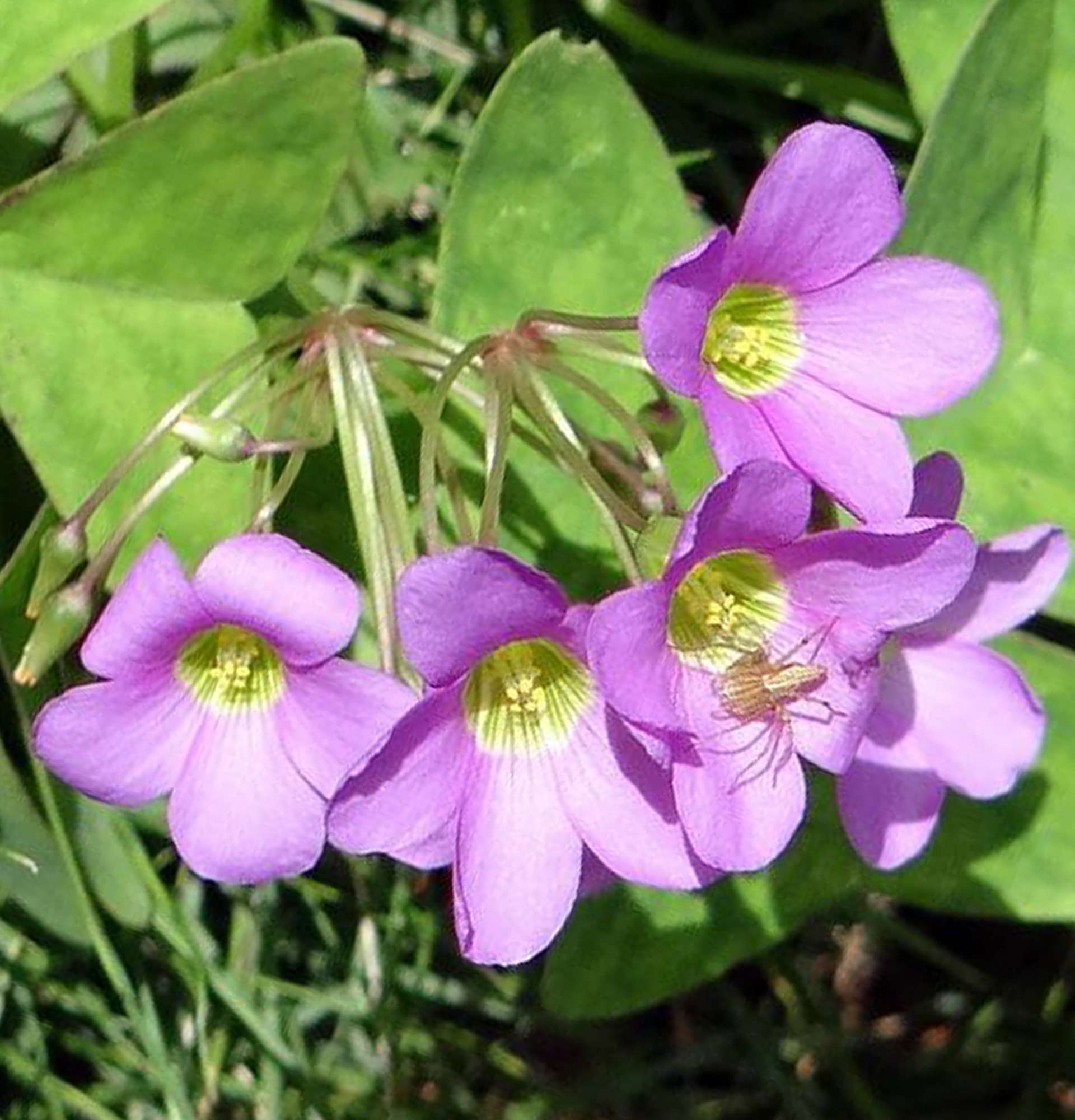
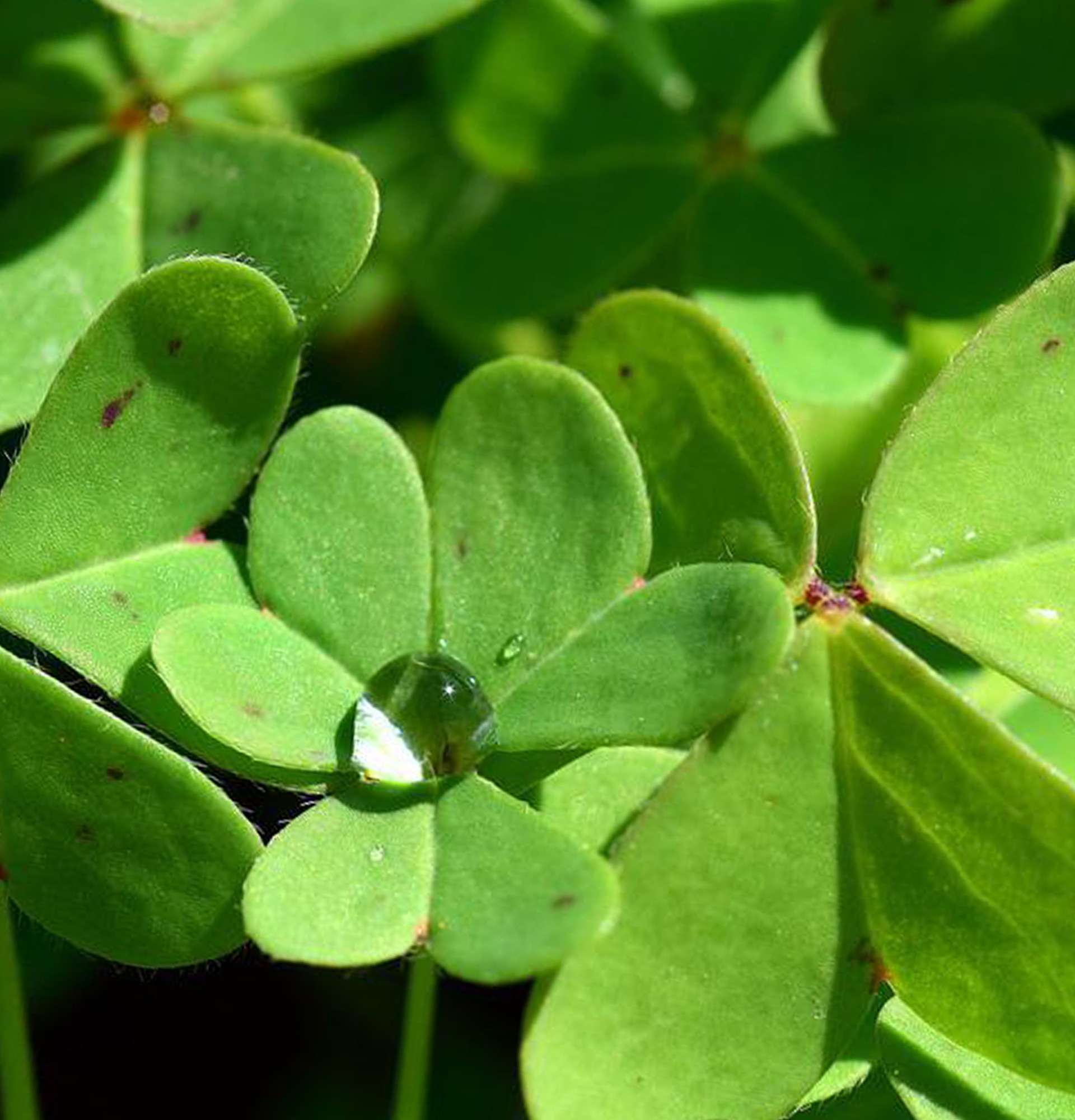
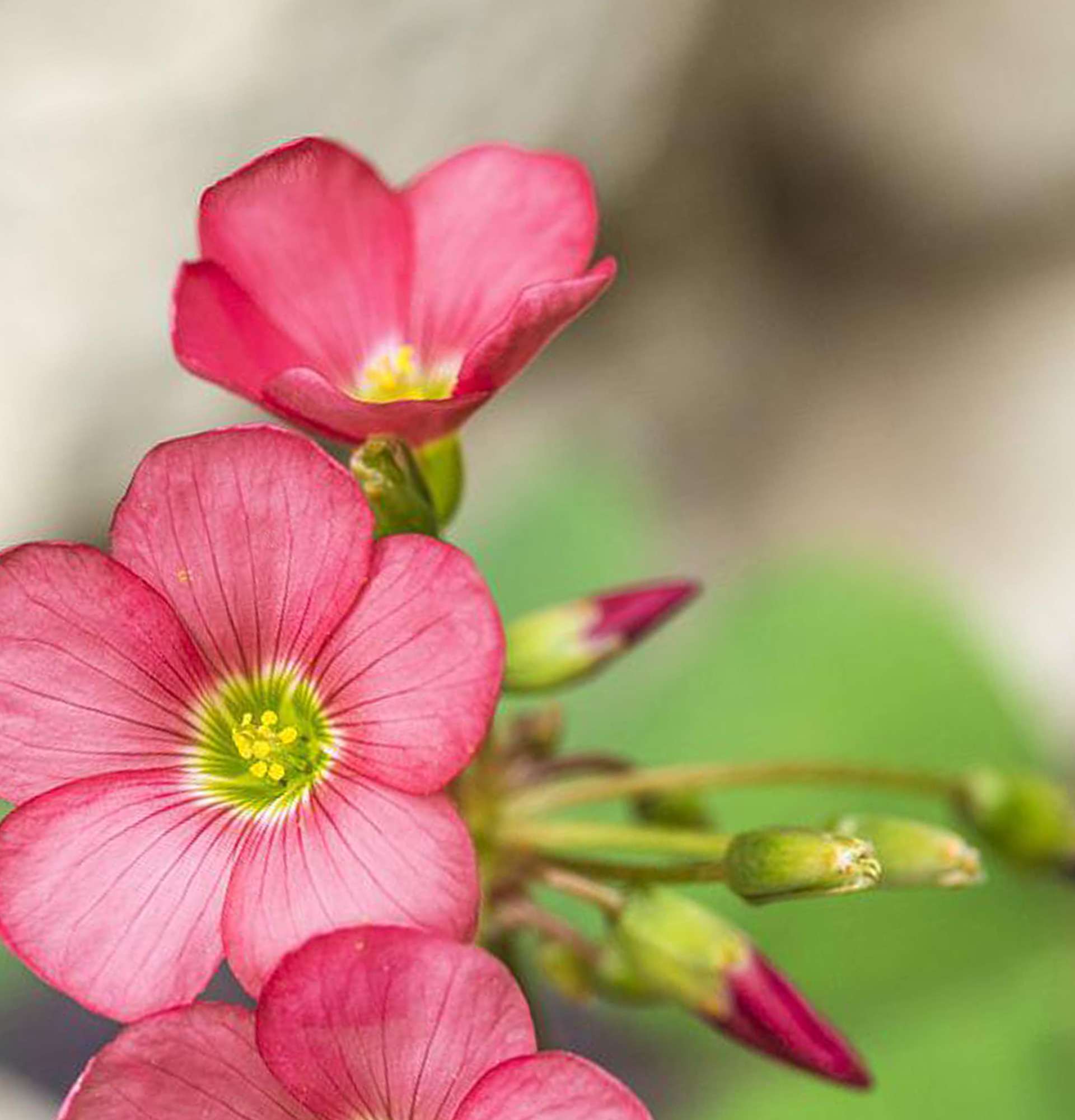
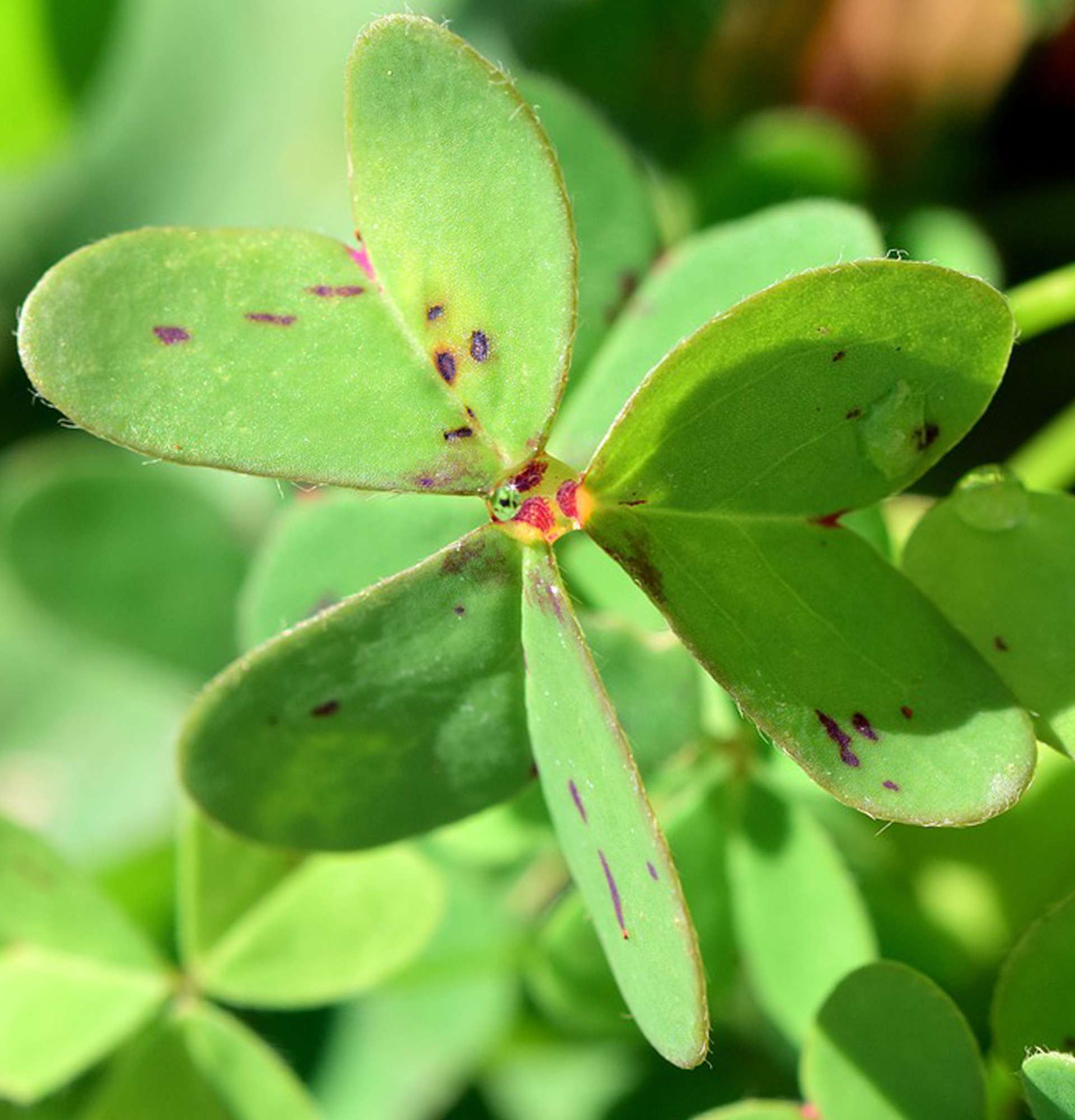
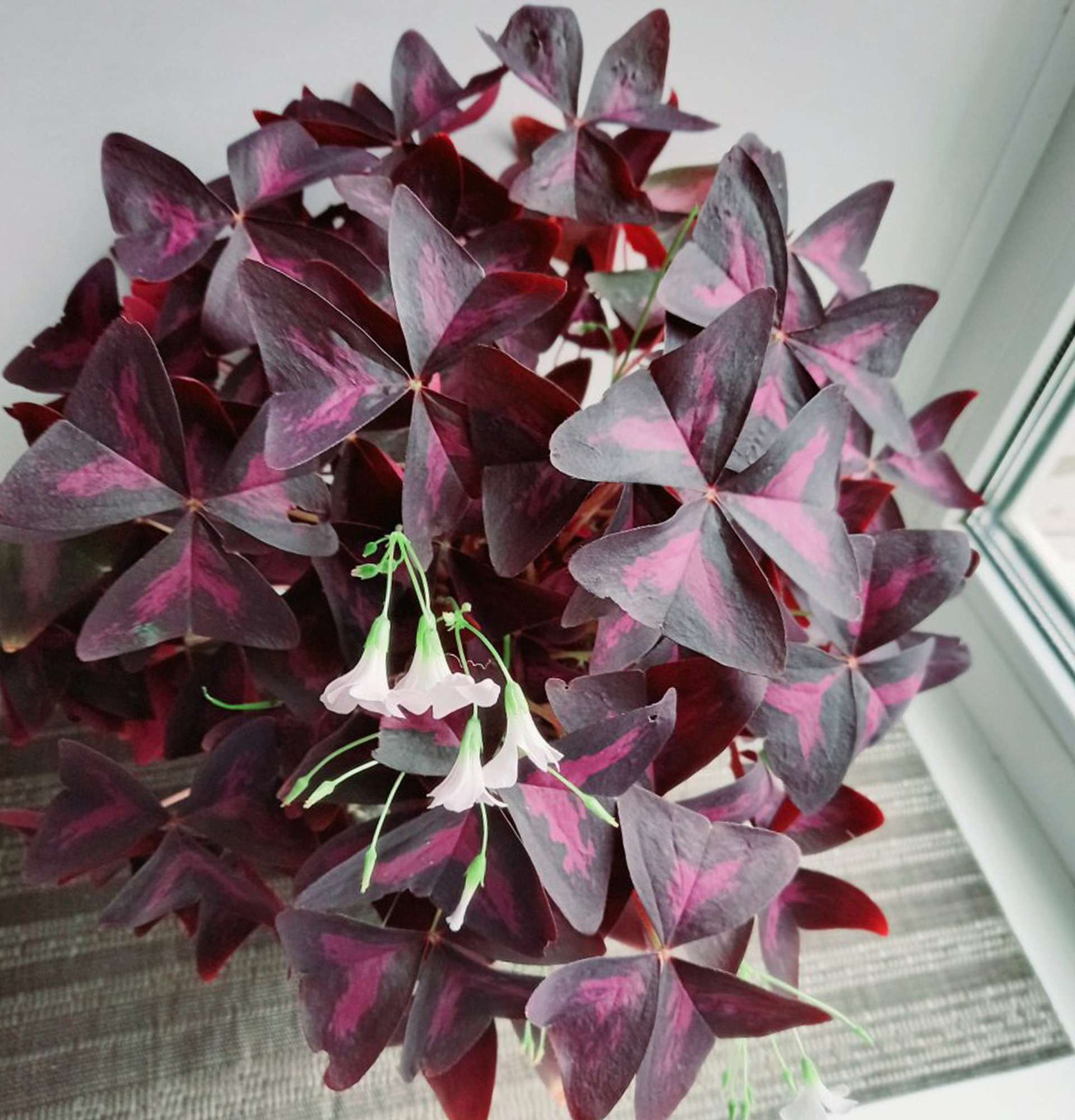

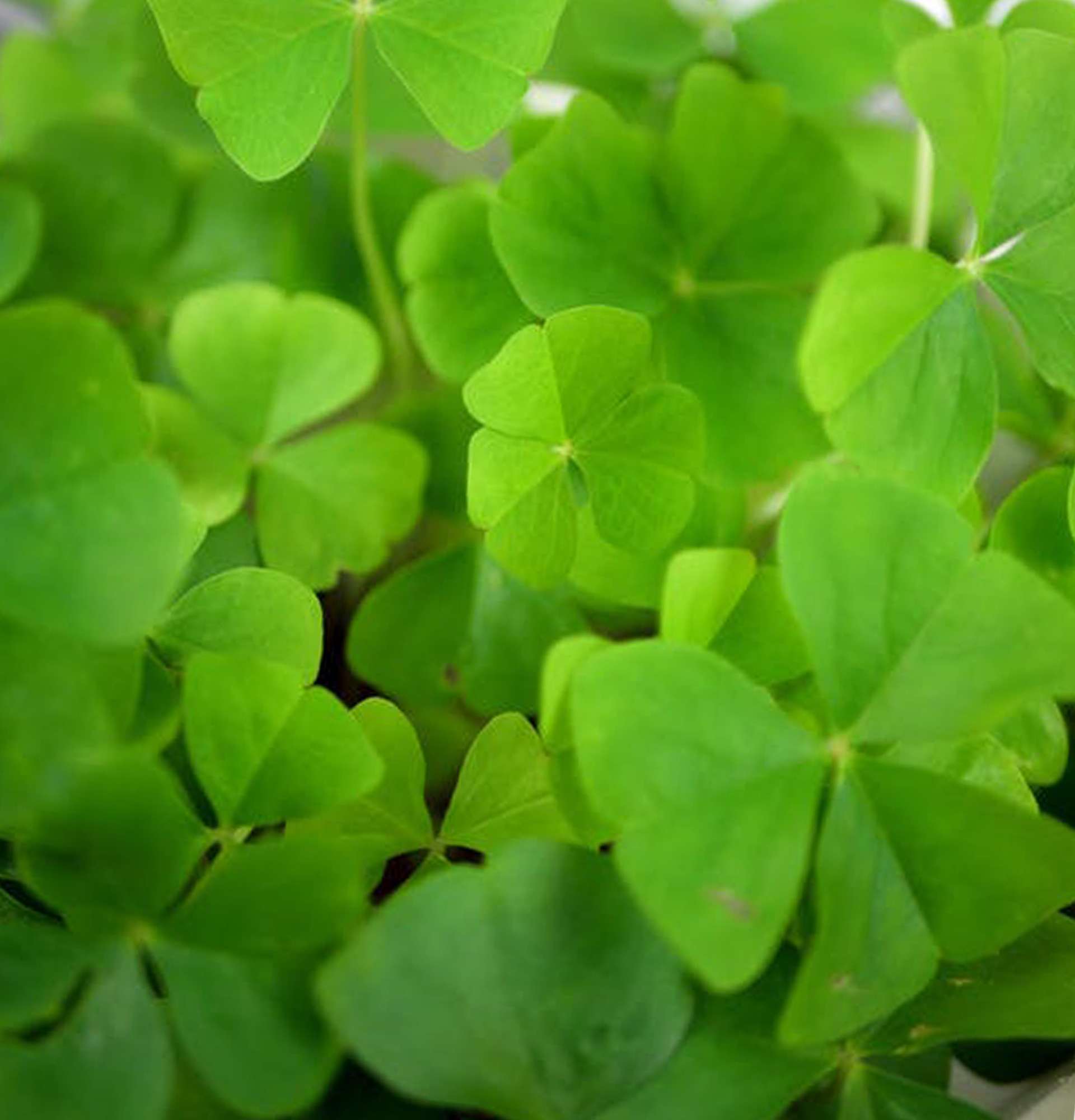
Write comments
Comments
Любовь Тро...
Яся